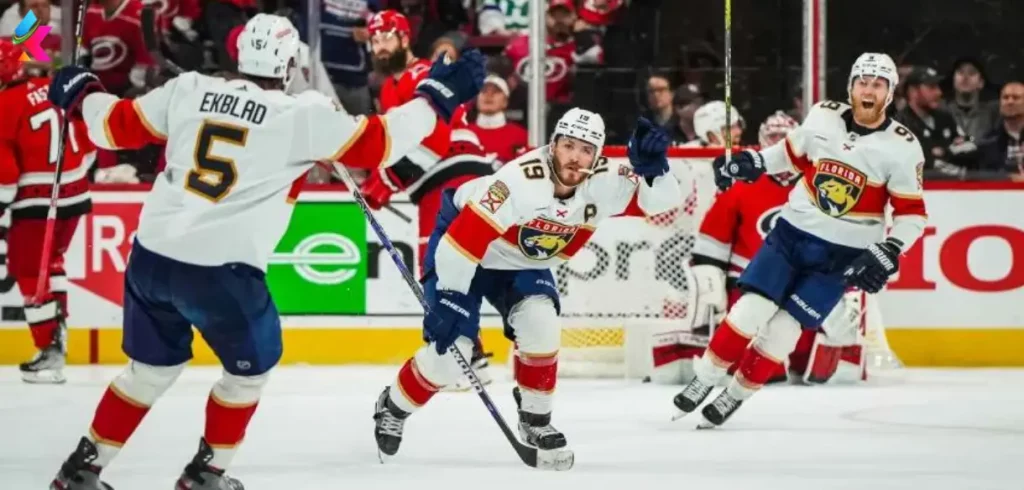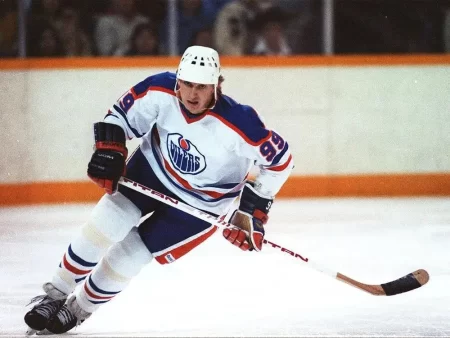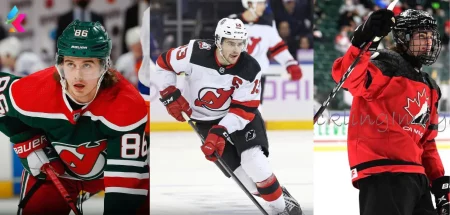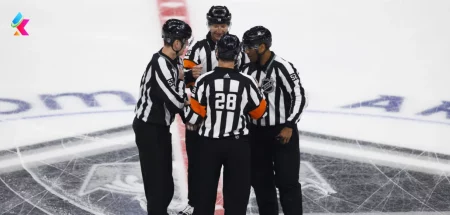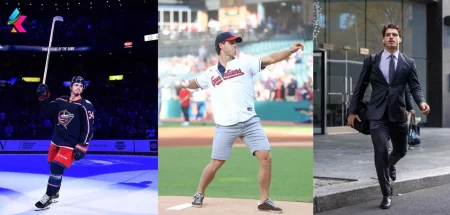The National Hockey League (NHL) is one of the oldest Sports Leagues in the world and has immense popularity all over America. The league was introduced in 1920 and became one of the main sources of entertainment in the United States. The NHL is basically an ICE Hockey League in North America comprising 32 teams, out of which, 25 teams are from the United States and seven are from Canada.
The team that ended up becoming the champion in the NHL league playoffs, gets awarded with the Stanley Cup, the oldest professional sports trophy in North America. The regular NHL season is held between October to April, with all 32 teams playing 82 games each. After the conclusion of the regular season, a total of 16 team qualify for the Stanley Cup playoffs.
Periods in Ice Hockey
Like most of the other sports in the world, an Ice Hockey game gets split into distinct periods of time. Between the periods, there are short breaks in which the players can cool themselves down, and make strategies for the rest of the game. In the following article, we will learn about how many periods are there in an Ice Hockey or an NHL game.
How many periods in a Hockey Game?
A game of Ice Hockey consists of three periods of 20 minutes each, that means, a game will be a total of 60-minute-long. However, if the scores of both teams are equal even after the duration of 60 minutes, the game will be extended to a period of five extra minutes. After that, the winner will be decided by the penalty shootout if the game is still tied.
Why are there three periods in an NHL game?
Unlike other sports such as Basketball and Football, which have two periods with break in between, NHL has three 20-minute-long periods, with two breaks in between. However, there wasn’t any scene of three periods in the NHL more than a hundred years ago.
Before the season of 1910-11, the NHL games consisted of two periods of 30 minutes each. Later, the periods were divided into three groups of 20 minutes each, and the main reason behind this was the concern for the quality of ice for the players. The NHL officials decided that resurfacing the ice with the Zamboni (mechanical ice resurfacer), would be more beneficial in 20 minutes rather than resurfacing in 30 minutes.
The more players play on an Ice surface, the more build-up of snow and higher potential for grooves and ice chips will be there. It is necessary to resurface the ice on time for a smooth play and prevent any injury to the players.
The grooves can slow down the surface, and it may take even more than given time to finish the game. On the other hand, the ice chips present on the surface can interrupt the game and can even cause serious injuries to the players. The resurfacing of the ice on time is necessary to avoid any of these circumstances.
Extra Time and Shootout
Even after the three periods, there are chances that the scores of both the opponents in an NHL game can be equal. In that situation, the game gets extended for five more minutes to get the result. During the regular NHL season, there is a 5-minute overtime in case of a tie where both teams play 3-on-3 against each other. If the game still ends in a tie even after overtime, the winner will be decided by a shootout.
However, during the playoffs season in the NHL, the winner of the match is decided by sudden death overtime. In this, the first team to score a goal in the extended time will be declared as a winner. Notably, there is no shootout in the playoff. However, the overtime in the playoffs are 20 minutes longer and are played 5-on-5.
All the intermissions that will take place after the third period are only 15-minutes long. However, it is to be noted that the Ice will not be surfaced anytime after the third period.



